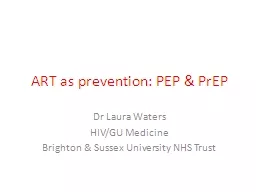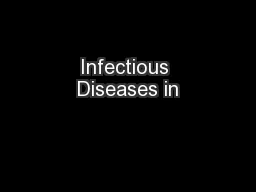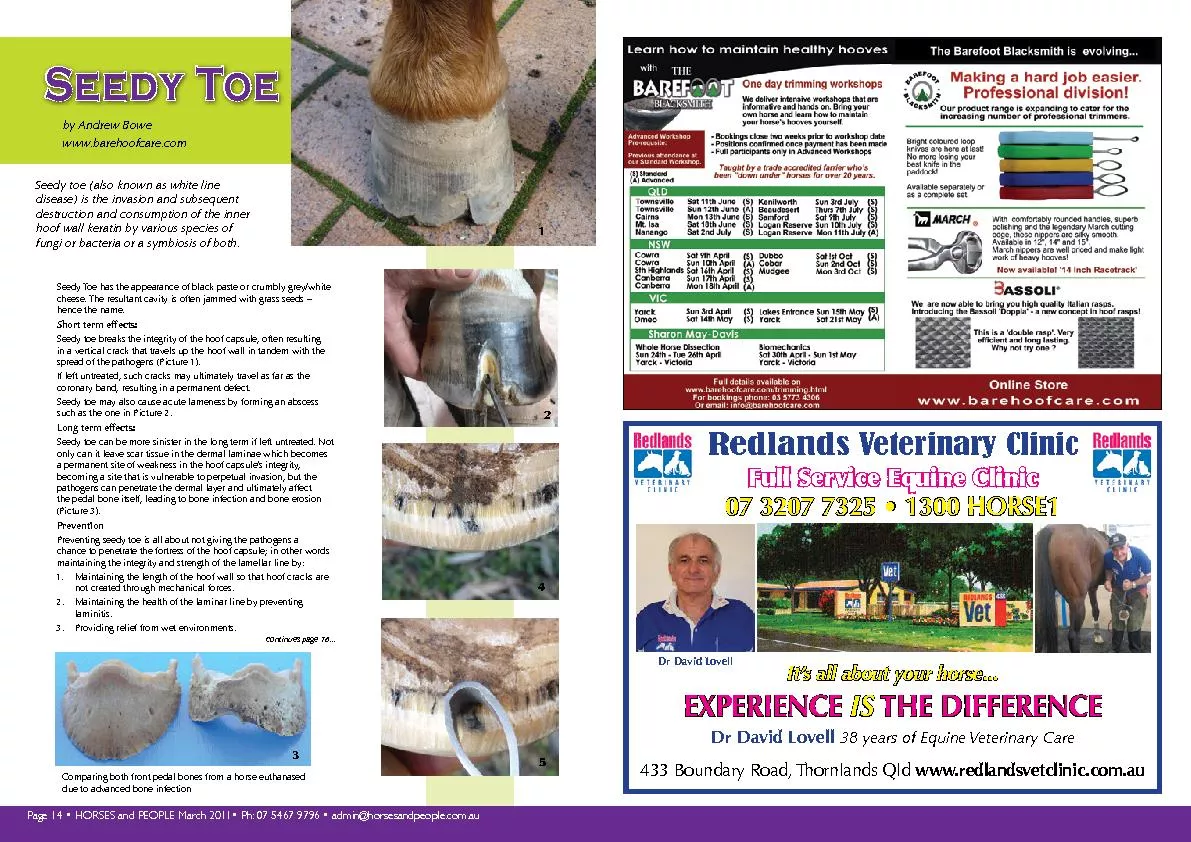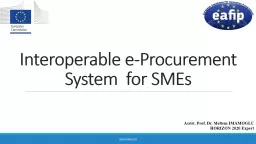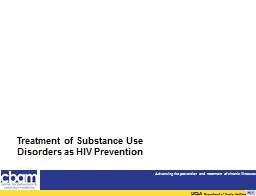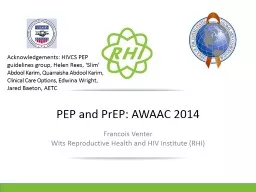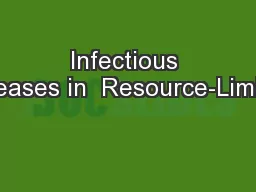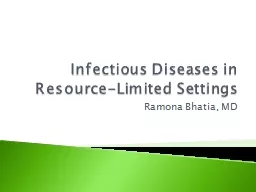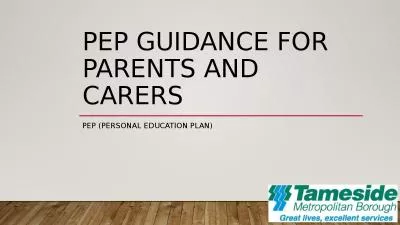PPT-ART as prevention: PEP &
Author : phoebe-click | Published Date : 2016-06-15
PrEP Dr Laura Waters HIVGU Medicine Brighton amp Sussex University NHS Trust Introduction HIV prevention overview Using ART In HIV negative Preexposure prophylaxis
Presentation Embed Code
Download Presentation
Download Presentation The PPT/PDF document "ART as prevention: PEP &" is the property of its rightful owner. Permission is granted to download and print the materials on this website for personal, non-commercial use only, and to display it on your personal computer provided you do not modify the materials and that you retain all copyright notices contained in the materials. By downloading content from our website, you accept the terms of this agreement.
ART as prevention: PEP &: Transcript
Download Rules Of Document
"ART as prevention: PEP &"The content belongs to its owner. You may download and print it for personal use, without modification, and keep all copyright notices. By downloading, you agree to these terms.
Related Documents

